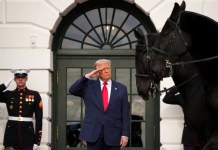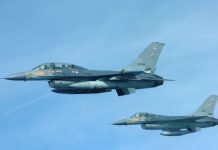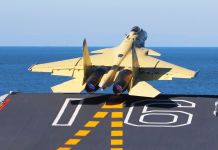In what could be seen as a show of strength against China and unwavering support to regional allies, the US is holding a massive military exercise with the Philippines in Beijing’s backyard.
Historic Mission! After Spending Half A Year In Space, Chinese Astronauts Set To Return Home With ‘Critical Data’
Thousands of soldiers from the Philippines and the US are taking part in the archipelago nation’s largest-ever combined military drills amid China’s growing aggression in the South China Sea.
The annual exercises, known as Balikatan — Tagalog for shoulder-to-shoulder — will continue until April 8. Nearly 9,000 troops, including 5,100 American soldiers are joining the exercise aimed at strengthening the long-time treaty allies’ “capabilities and readiness for real-world challenges,” according to US and Philippine military officials.
In the northern Philippines, near the maritime border with Taiwan, the drills will include live-fire maneuvers, aerial assaults, urban combat, and beach landings in a showcase of US strength.
The joint drills are being held in the western island province of Palawa, as well as around the western edge of the Philippines’ Luzon Island, which faces the disputed South China Sea raising stakes in the hotly contested region.
Canada Dumps SAAB Gripens; Selects Lockheed Martin’s F-35 Stealth Fighters For Multi-Billion Dollar Deal
Hours before this exercise, the Philippine Coast Guard accused China of moving one of its ships within yards of its patrol boat near the disputed Scarborough Shoal, a flashpoint between the two countries. Beijing essentially claims the whole South China Sea as its territory and has constructed artificial islands in defiance of the 2016 Hague verdict.
WATCH: BRP Malabrigo (MRRV-4402) has reported one close distance maneuvering incident involving a China Coast Guard (CCG) vessel during its maritime patrol in Bajo de Masinloc on 02 March 2022.
READ MORE: https://t.co/zOGRTlEQUe#DOTrPH ??#CoastGuardPH#MaritimeSectorWorks pic.twitter.com/UiWj3yvIzs
— Philippine Coast Guard (@coastguardph) March 27, 2022
The drills come a week after a top US military commander stated that China has fully militarized at least three of the several islands it built in the disputed South China Sea, arming them with anti-ship and anti-air missile systems, laser and jamming equipment, and fighter jets. China was quick to defend the deployment as its sovereign right.
Further, given the war games’ proximity to Taiwan, which China sees as a breakaway province and calls for its reunification, the communist country is expected to take a strong objection to the drills. In fact, a Beijing-based think tank had recently stated that the US performed more than 100 large-scale military drills near China last year, practicing numerous new war concepts against it.
US Military Assets In Indo-Pacific
To discourage prospective Chinese military action and threats from North Korea, the US declared that it would send more fighter jets to Australia, including F-22 Raptors, F-35 Lightning II, and B2 stealth bombers in November last year. Additionally, many countries in the Indo-Pacific such as Japan, Australia and South Korea have their own fleet of F-35s.
Following an assessment of US military resources, the Pentagon planned to strengthen bases in Guam and Australia in order to counter China. It stated that airfields will enable the US to get soldiers in and out of the region quickly for drills, deployments, or a potential confrontation.
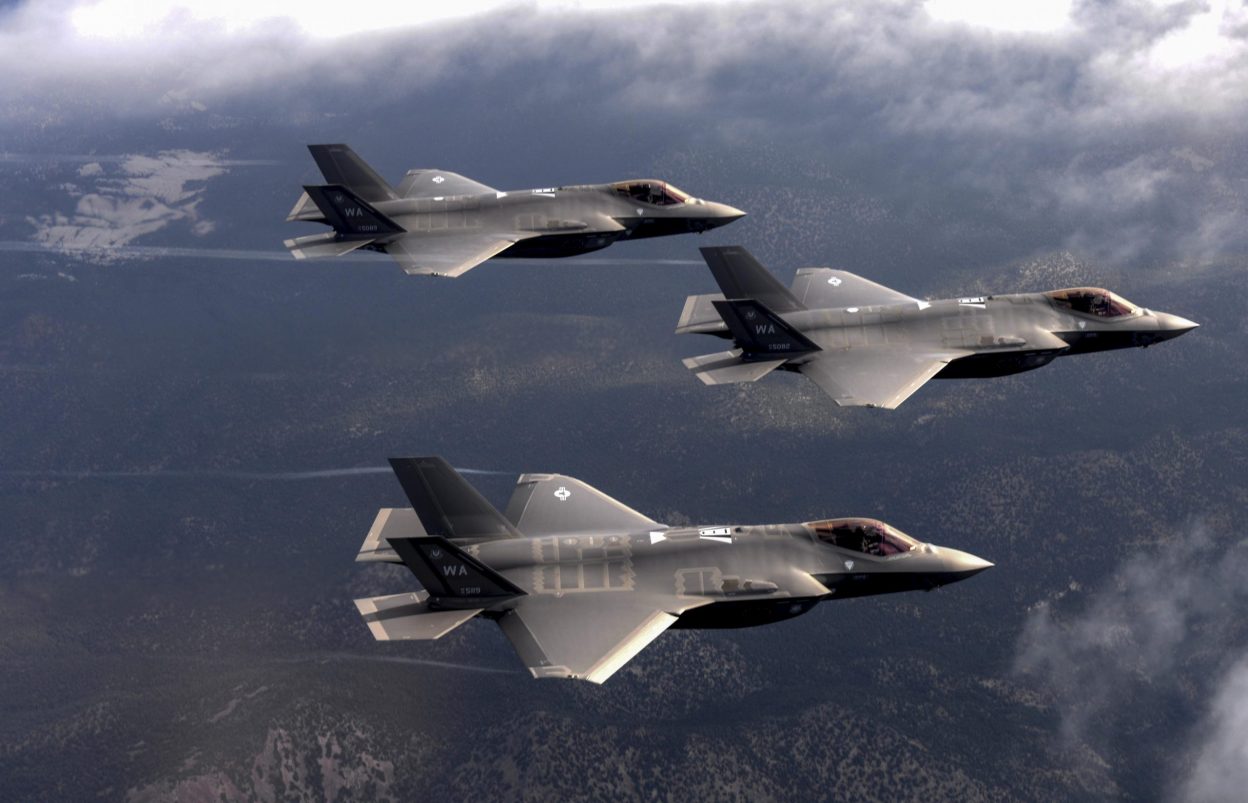
A US logistics company is also building the East Arm fuel storage facility, which will store 300 million liters of military jet fuel to assist US defense missions in the Northern Territory and the Indo-Pacific region. The facility is expected to be ready by 2023 and will potentially support US fighter deployment.
Australia faces a significant threat from China which is expanding its political, economic and military influence in the Western Pacific — a region that Canberra considers its sphere of influence. The US is thus helping Australia to construct nuclear submarines under the AUKUS pact which has entered its first phase.
Guam, a small US island in the Pacific, is also rapidly gaining importance as the US-China rivalry in the Indo-Pacific region heats up. It has long been a vital defensive base from which the US could project power across the Pacific while keeping its troops safe from potential North Korean and Chinese threats.
The Chinese DF-26 missile, on the other hand, could disrupt these calculations. This new missile, called the “Guam Killer” by defense analysts, endangers US assets on the Pacific Rim, as previously noted by the EurAsian Times.
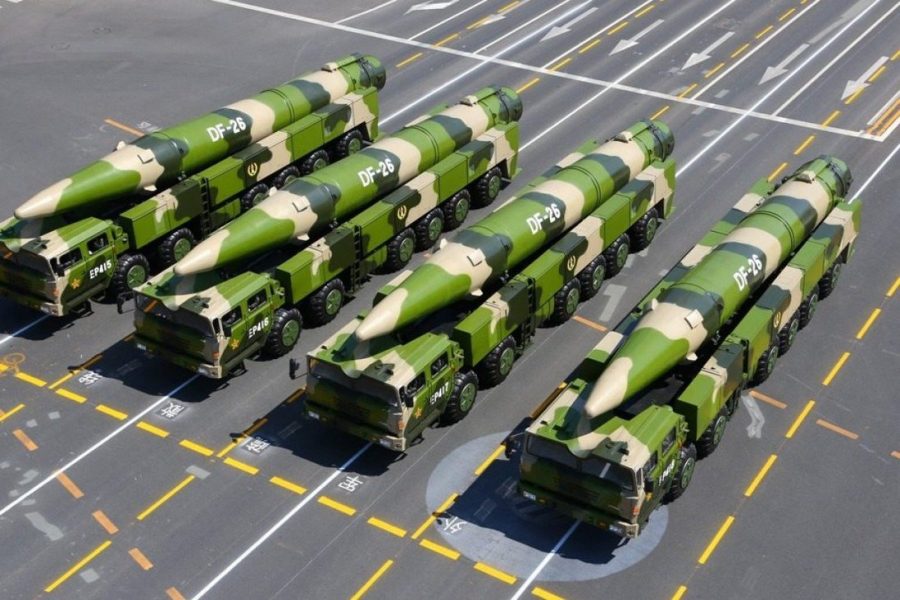
The USS Nevada, a nuclear-powered submarine of the Ohio class with 20 Trident ballistic missiles and dozens of nuclear bombs, landed at the Navy base at Guam on January 15 to act as a deterrent against China.
The #USNavy ballistic-missile submarine USS Nevada (SSBN 733) arrived at Apra Harbor, Guam Jan. 15, reflecting the United States’ commitment to the Indo-Pacific region.
Read more ?? https://t.co/bzjPpYRQnH pic.twitter.com/N4YCdcizct
— U.S. Navy (@USNavy) January 16, 2022
Further, COPE North 2022, the US Pacific Air Forces’ (PACAF) largest multinational exercise comprising the US, Japan and Australia was held at Guam earlier this year. It was another set of drills aimed at sending a strong message to China.
Last year, the United States had also deployed the B-52 bombers to the Indo-Pacific region to support the Pacific Air Forces’ Bomber Task Force (BTF) missions.

Two US Navy carrier strike groups entered the South China Sea in January this year, amid a show of force by Chinese aircraft in Taiwan’s Air Defense Identification Zone. The Carl Vinson CSG and Abraham Lincoln CSG commenced dual-carrier operations in a show of force by the United States against belligerent China.
The CSGs “will engage in joint operations to include enhanced maritime communication operations, anti-submarine warfare operations, air warfare operations, replenishments-at-sea, cross-deck flight operations and maritime interdiction operations to strengthen maritime integrated-at-sea operations and combat readiness,” the U.S. Navy had said in a news release.
Fault Lines In Indo-Pacific
The relationship between China and the West has nosedived with the US and its allies pledging support to Taiwan, a move that China considers as interference in its internal matters. The US has been instrumental in supplying military hardware, including the latest F-16 Vipers to the self-governing island. China took strong exception to a US delegation visit to Taiwan earlier this month.
Further, the Russian invasion of Ukraine has raised concerns about a similar attempt by China on Taiwan in the future. An American general even vowed that a Chinese invasion of Taiwan would be met with a “more robust” response from the US than Russia’s invasion of Ukraine and that China’s actions are pressuring the US to build a “NATO of the Pacific.”
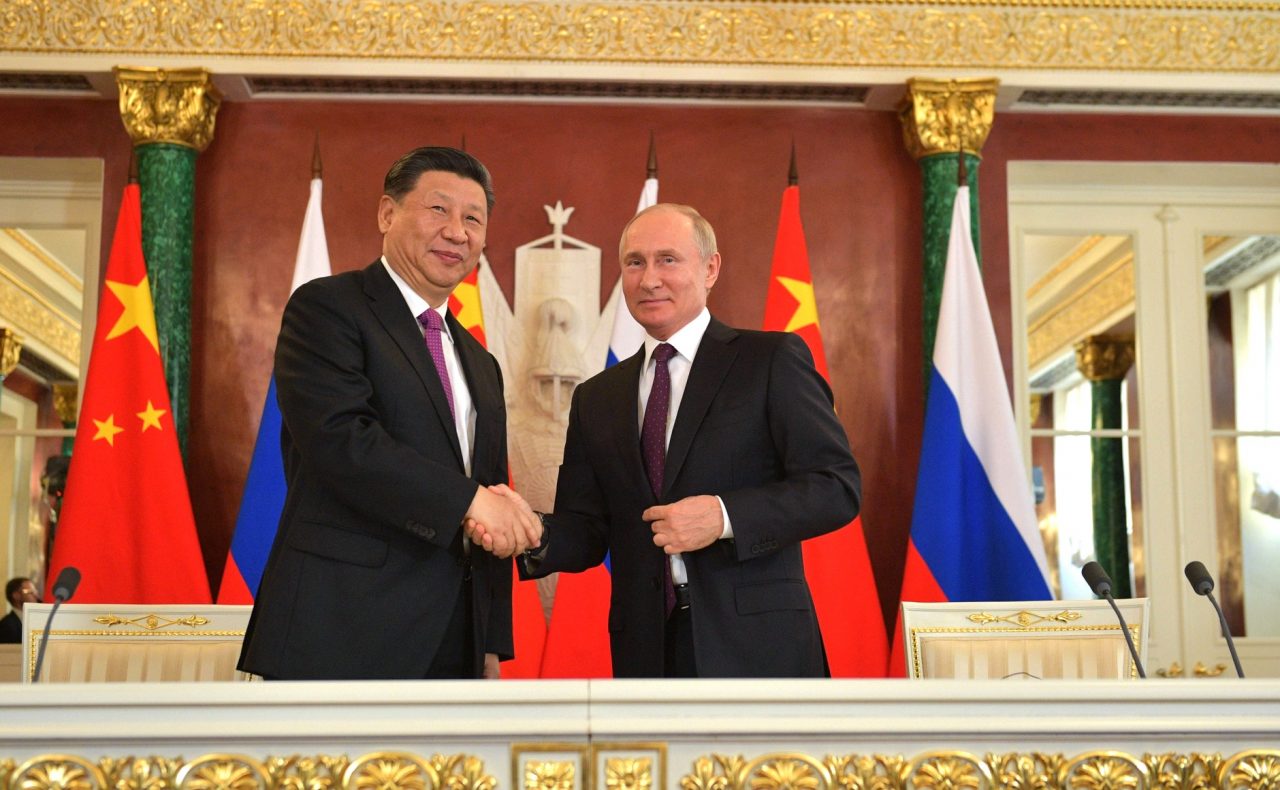
China’s hesitation with denouncing Moscow’s aggression against Ukraine has led to unwarranted suspicions between the arch-rivals. The United States has issued a stern warning to China against helping Russia which would result in ‘consequences’.
On the other plank, the tensions between China and US ally Japan are also running high with the latter raising its defense budget to meet the challenge posed by Beijing.
The US Navy also plans to deploy hypersonic missiles on its destroyers by 2025 and Virginia-class nuclear-powered attack submarines by 2028. The warships with hypersonic missiles onboard would be stationed in the Pacific Ocean as a deterrent to China.
Having said that, the drills in the South China Sea might reinforce the US strategy of ‘Free and Open Indo-Pacific while also sending a message to China that the US is going to be around to back up its partners in the region.
- Contact the author at sakshi.tiwari9555@gmail.com
- Follow EurAsian Times on Google News

